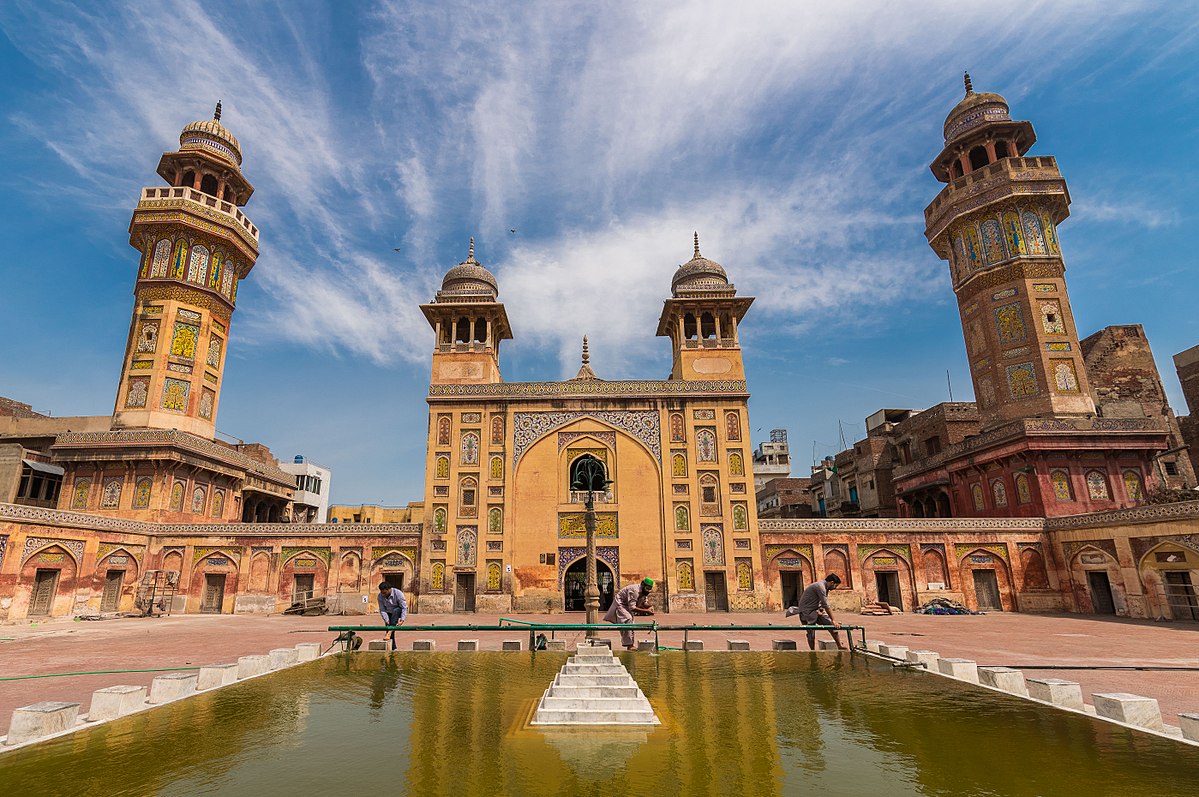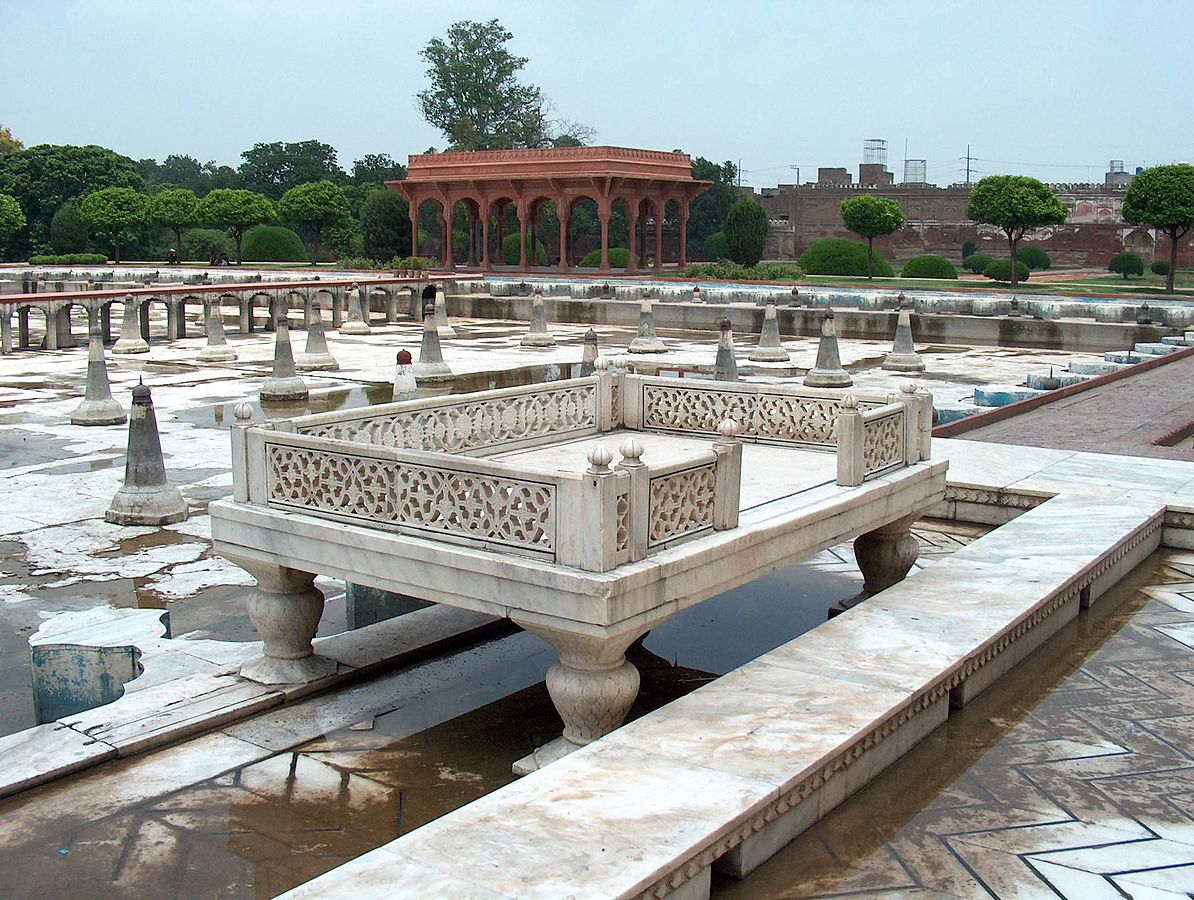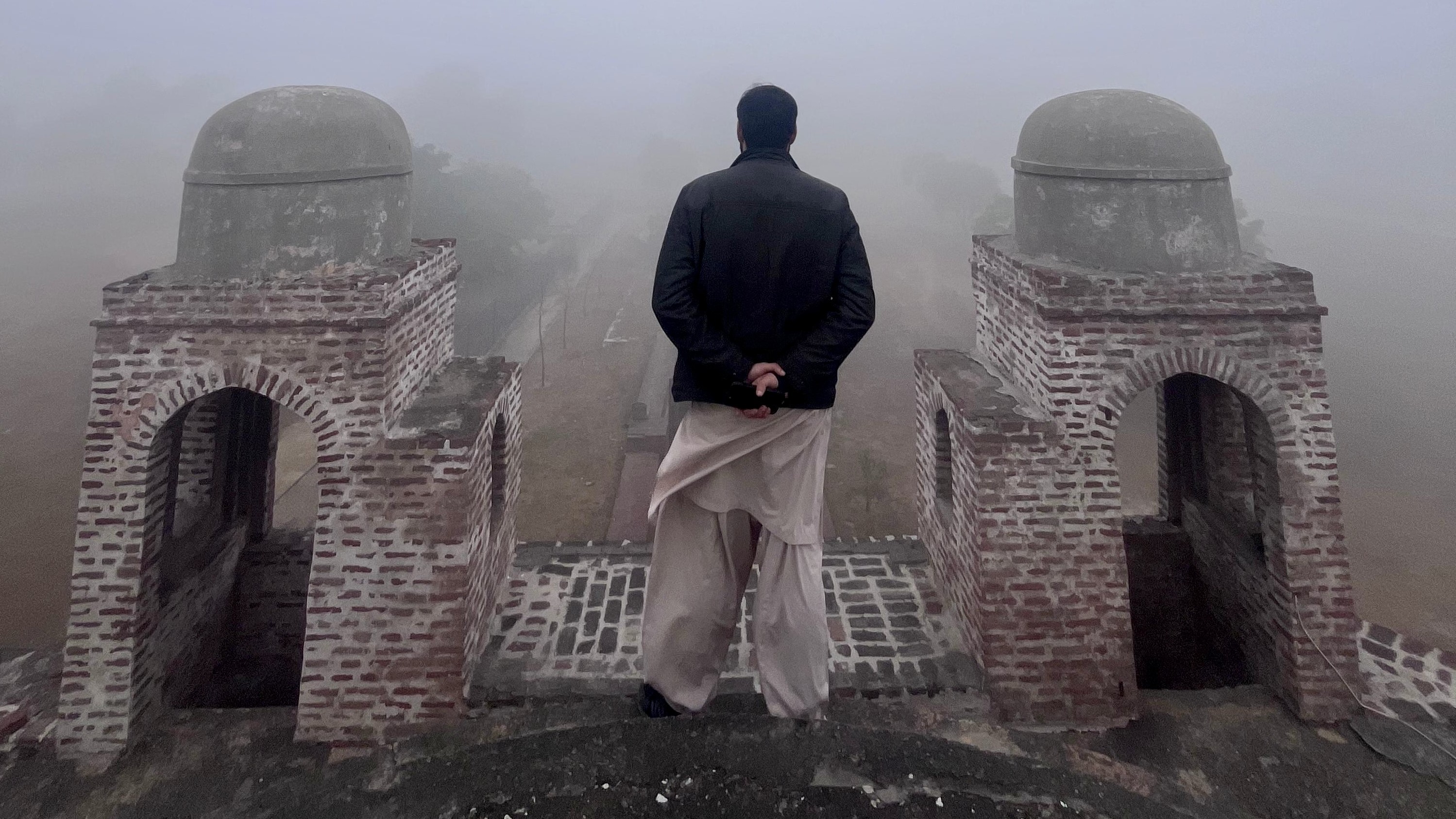History
- Who built the mosque? The Wazir Khan Mosque was built in 1634–35 CE during the reign of Emperor Shah Jahan by his governor in Lahore, Hakim Ilm-ud-din Ansari, who is famously known as Wazir Khan.
- What makes it significant? It is celebrated as one of the finest examples of Mughal tile work and fresco painting. The mosque’s design represents not only architectural brilliance but also a reflection of Lahore’s cultural soul.
- Where is it located? It is situated in the Walled City of Lahore, near Delhi Gate, along the historic Shahi Guzargah (Royal Route).
- When was it completed? Historical records place its completion around 1635, making it nearly four centuries old.
- Why was it built? The mosque was not just a religious space but also a cultural and spiritual hub, bringing together merchants, scholars, and devotees.
- How was it built? The mosque was constructed with bricks and adorned with kashi-kari (tile mosaic), fresco paintings, and calligraphy that remain among the most celebrated works of Mughal artisanship.
For more insights on Lahore’s Mughal past, you can also read about the Shahi Hammam, another marvel commissioned by Wazir Khan.
Architecture of Wazir Khan Mosque
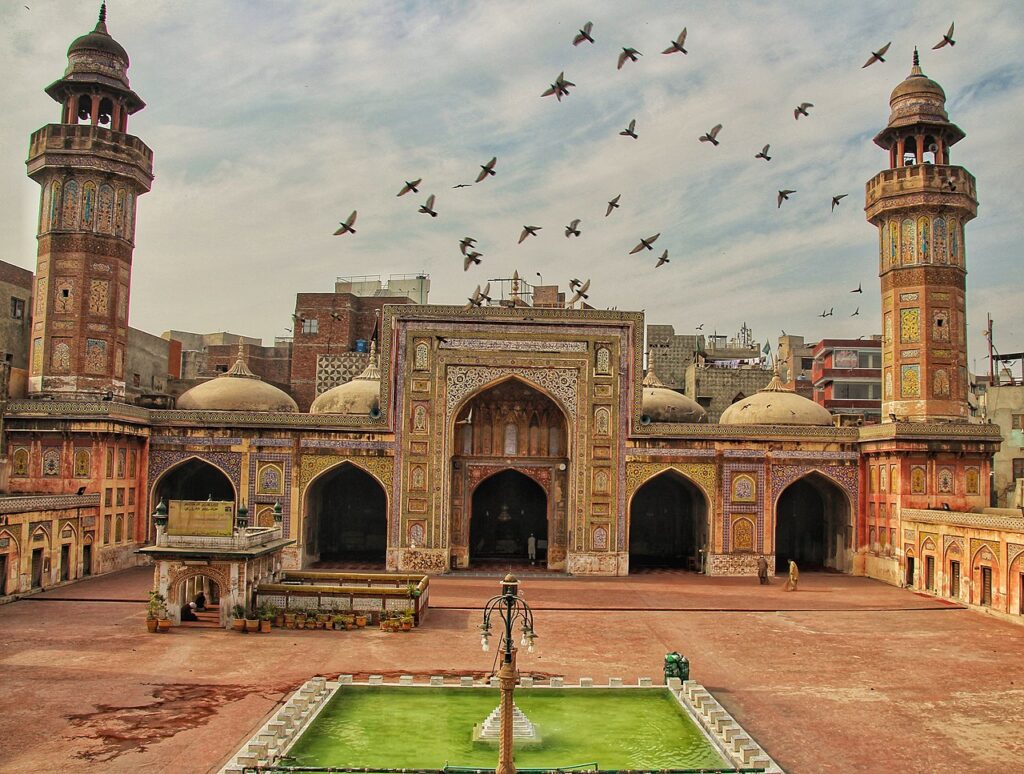
The mosque is an unparalleled example of Mughal architecture fused with Persian artistry. Its four towering minarets frame a grand courtyard, while the prayer chamber is covered with an intricately painted dome.
The most captivating feature is the fresco Wazir Khan Mosque patterns, which decorate its walls and ceilings. These patterns include floral motifs, geometric designs, and verses of the Quran inscribed in flowing calligraphy. Unlike many Mughal mosques that relied on marble, Wazir Khan’s mosque celebrates color, making it unique in South Asia.
The architectural plan also includes shops built into the façade. This not only financed the mosque’s upkeep but also made it a lively center of community life. If you are keen on Mughal-era artistic traditions, you may also enjoy exploring the Badshahi Mosque, a larger but equally majestic example of the era.
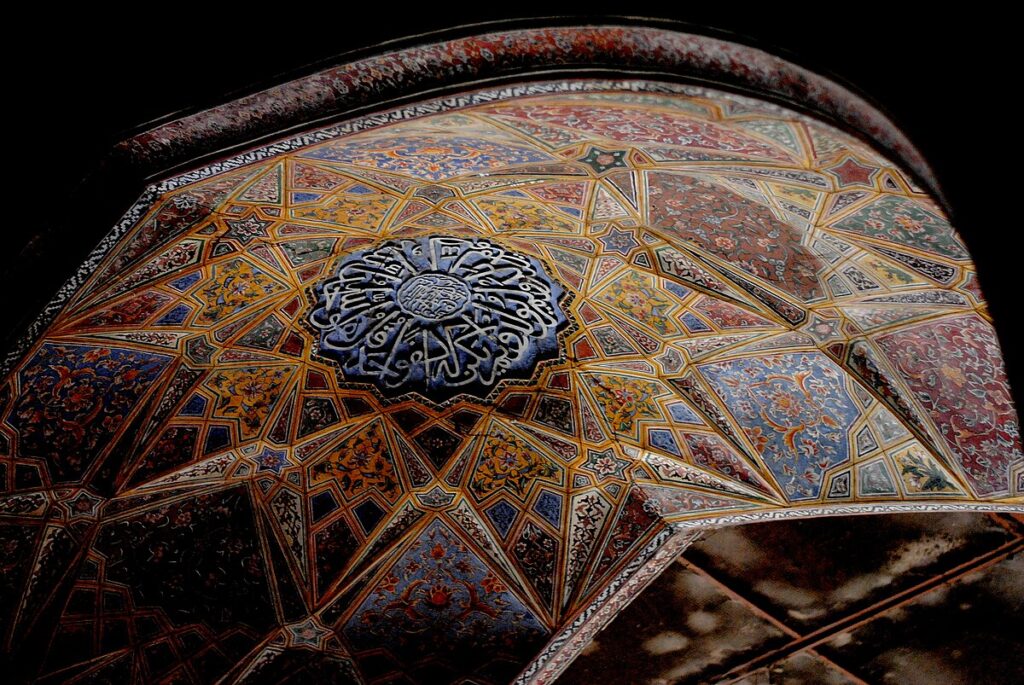
The Sufi Connection: Which Sufi Saint is Engraved in Wazir Khan Mosque?
One of the unique aspects of this mosque is its connection to the Sufi tradition. The shrine of Miran Badshah Syed Muhammad Ishaq Gazruni, a revered Sufi saint, lies within the mosque’s courtyard. This blending of mosque and shrine is rare in Mughal religious architecture, underlining the spiritual inclusivity of the time.
This feature makes the mosque not only a place for prayer but also a site of devotion and pilgrimage. For visitors interested in Lahore’s sacred landscapes, the story of Data Darbar provides another fascinating perspective on Sufi heritage.
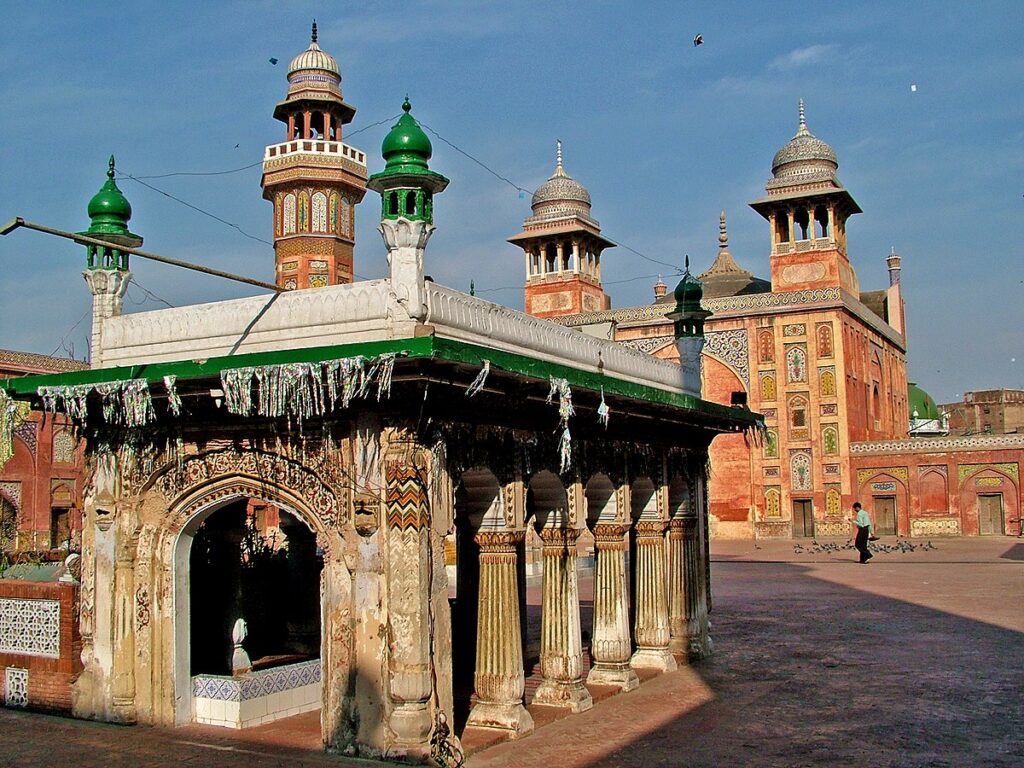
Important Historical Events
Over centuries, the mosque witnessed the rise and fall of empires. During the Sikh rule in the 18th and early 19th centuries, the mosque faced neglect, yet it survived. In the British colonial period, parts of the mosque and its surrounding structures fell into disrepair, but its artistic beauty continued to draw attention.
In recent years, extensive conservation work has been carried out by the Aga Khan Trust for Culture and the Walled City of Lahore Authority, helping revive its faded frescoes and strengthening its structure.
Current Use of the Mosque
Today, Wazir Khan Mosque serves both as an active place of worship and a heritage site that attracts visitors from around the world. Its vibrant frescoes, colorful tiles, and spiritual aura make it a favorite for photographers, historians, and tourists alike.
The mosque has also become a stage for cultural events, heritage walks, and educational tours. For those eager to explore Lahore’s living history, it is one of the essential stops.
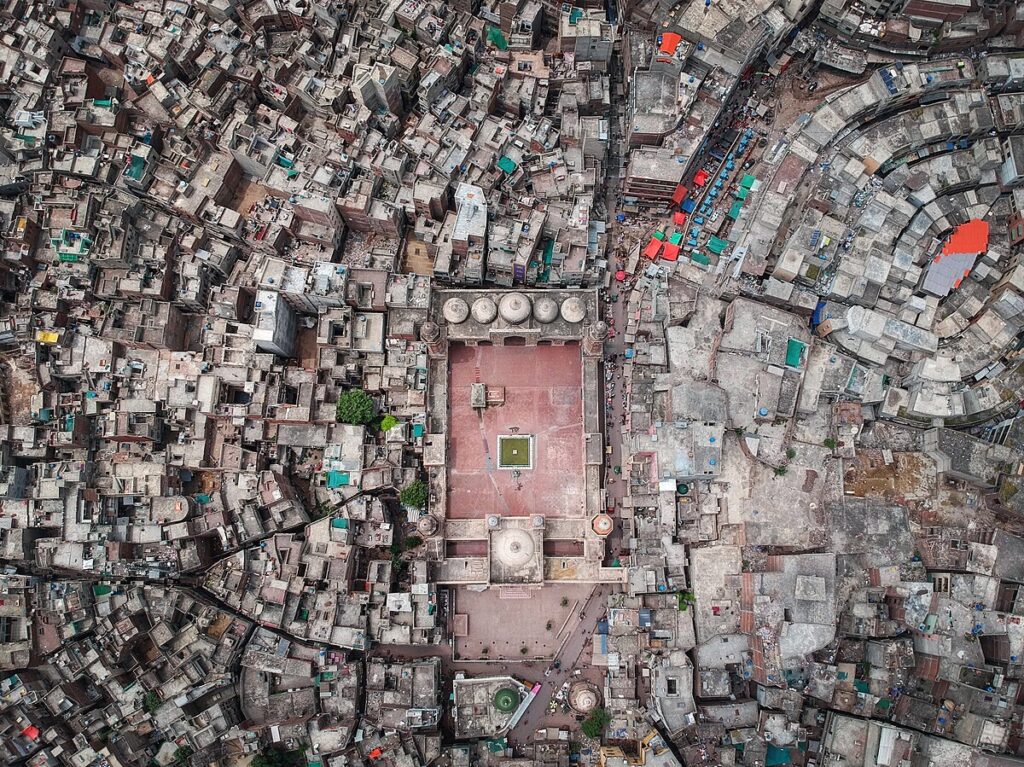
FAQs
Q1: Where is Wazir Khan Mosque situated?
It is located inside Delhi Gate, along the Shahi Guzargah (Royal Route) in the Walled City of Lahore.
Q2: Wazir Khan Mosque was built by whom?
It was commissioned by Hakim Ilm-ud-din Ansari, known as Wazir Khan, under the reign of Mughal Emperor Shah Jahan.
Q3: Which Sufi saint is engraved in Wazir Khan Mosque?
The shrine of Miran Badshah Syed Muhammad Ishaq Gazruni, a respected Sufi saint, is housed within the mosque’s courtyard.
Q4: What is special about Wazir Khan Mosque’s architecture?
Its colorful kashi-kari tile work, fresco patterns, Quranic calligraphy, and fusion of Persian-Mughal artistry make it unique among mosques of South Asia.
The Wazir Khan Mosque is not only Lahore’s pride but also one of the world’s most beautiful pieces of Mughal heritage. To walk through its gates is to step into a story woven with color, devotion, and history.If you wish to experience this masterpiece beyond words and pictures, I invite you to book a customized heritage tour with me, Saad Zahid. Together, we can explore Lahore’s hidden gems, unravel forgotten stories, and witness the living beauty of its monuments.
Follow my platform Vlogumentary across all channels for more journeys into Pakistan’s heritage, or reach out to begin your own immersive cultural experience.
